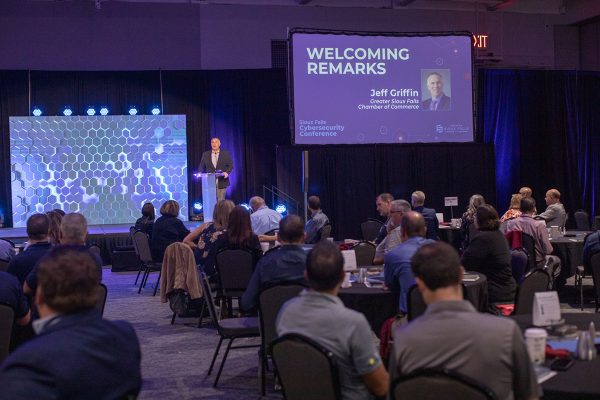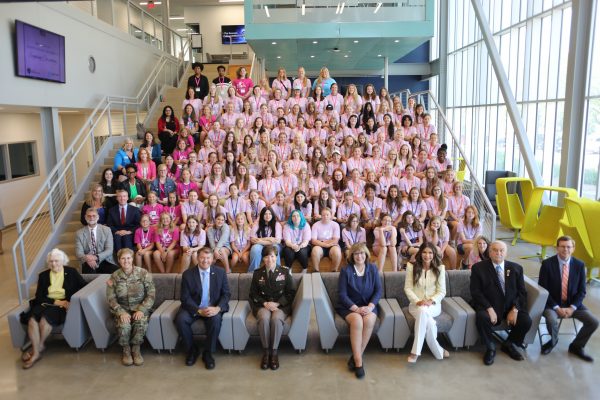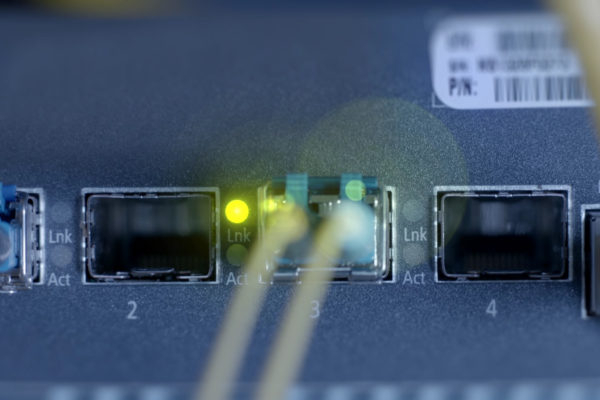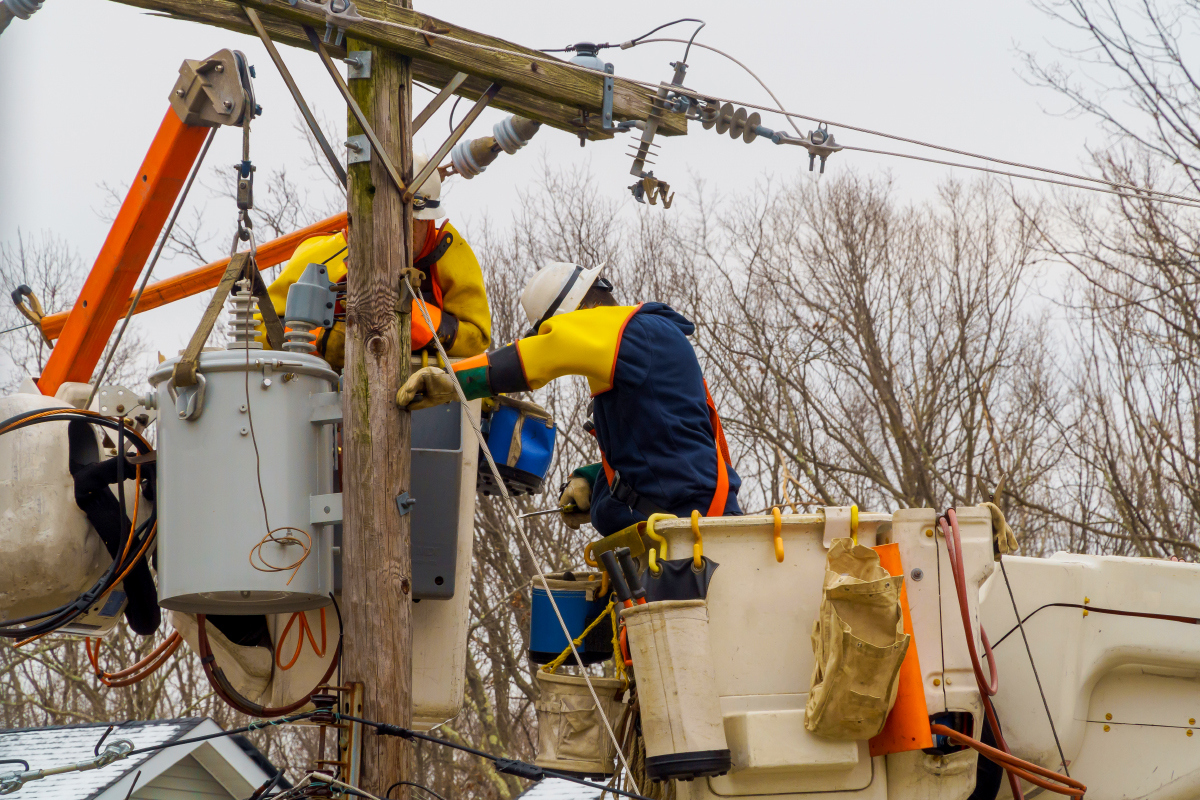
When disaster strikes, communication is everything.
Lives are at risk if emergency responders and healthcare facilities can’t communicate. If companies can’t communicate with customers, business is threatened. The list goes on.
It's an experience Hurricane Ian brought to areas of Florida’s Gulf Coast and the Carolinas. The areas saw significant destruction to cellphone towers, leaving no room to communicate during a deadly storm. FEMA's Disaster Recovery Centers are still open in the area and Florida's Emergency Management continues to deliver weekly reports on recovery efforts.
The cold reality is that maintaining communications in all situations is critical, but during a community disaster, there’s absolutely no time for a bumbled or delayed response. To help prepare for community disasters that affect communication companies, SDN Communications holds annual Business Continuity Disaster Recovery crisis tabletop exercises – for both the company and member companies. The tabletops are a chance to work through the steps needed to respond to an emergency and restore connectivity as quickly and effectively as possible.
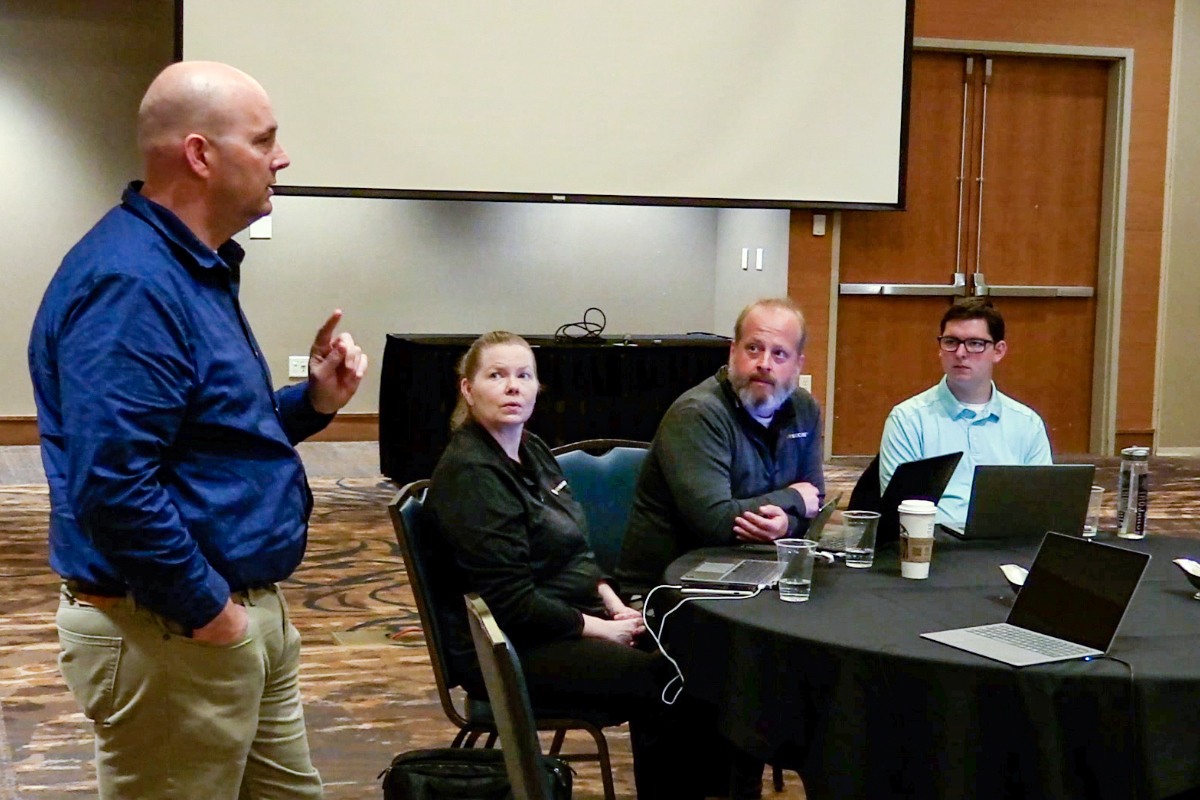
During the annual tabletop meetings, SDN allocates a half or full day for sessions with staff and an additional session for its 17 member companies.
A previous tabletop scenario for staff involved a tornado touching down on a rainy Sunday in Sioux Falls, destroying the main SDN office building. This scenario was based on an actual 2020 incident in which an explosive device detonated near an AT&T office building in Nashville, Tennessee, severely hindering the company’s ability to provide connectivity.
“We really wanted to play that scenario out – what does it mean if we lose a critical component of our network, i.e., one of our main locations,” VanDewater says. ”If we had a complete destruction of a facility, how do we respond?”
A facilitator leads small teams of SDN staff through the steps in a situation like this, starting with five questions:
- What do you know?
- What don’t you know?
- What do you need?
- Who do you need to talk to?
- What are you planning to do next?
Teams identified the next steps, from ensuring the safety of staff members to identifying another working location to locating damaged fiber and rerouting traffic.
The second scenario focused on the company’s response in the case of a cyber attack, an all too real threat.
“Unfortunately, these are events that are taking place quite regularly now,” VanDewater says.
Then SDN's member companies came to the table to participate using the same scenarios. VanDewater says member companies often ask about SDN's incident response plans and request training for their staff members.
“We try to mix and match companies … and usually what happens is someone says, ‘This is what we do in our company’”
In that way, companies are learning from each other.
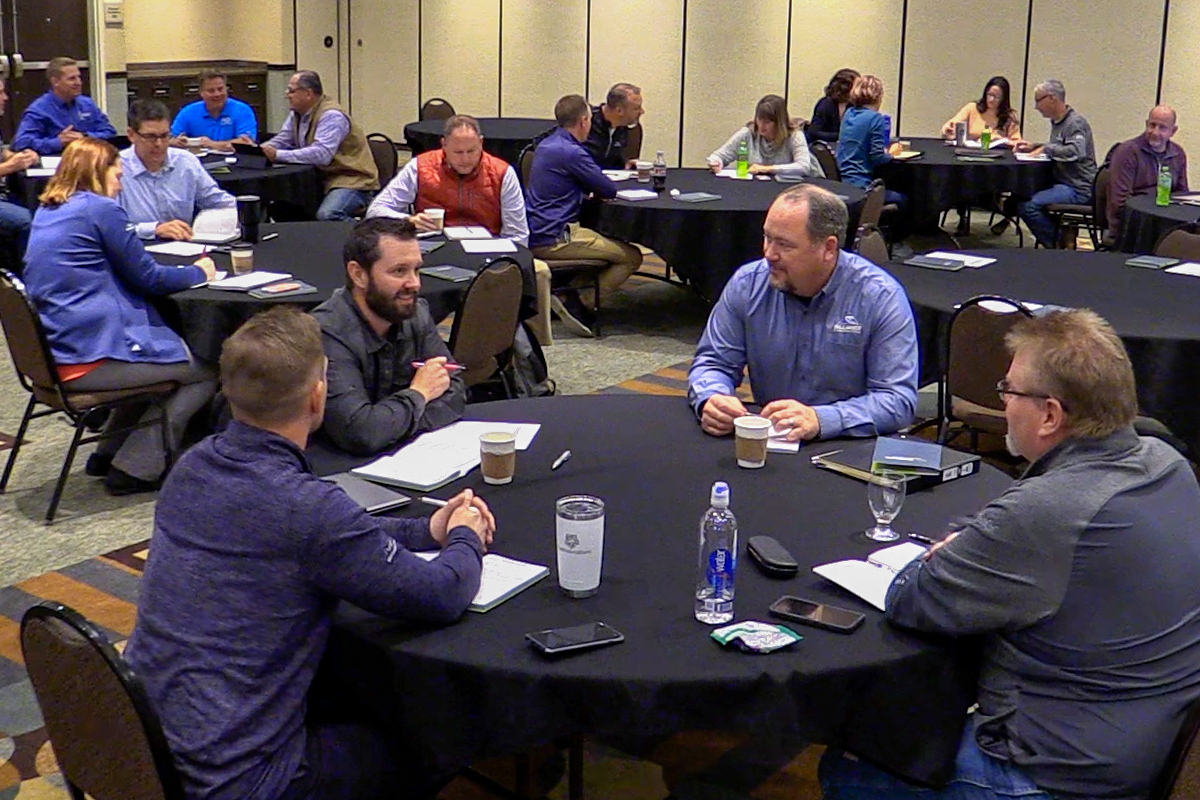
Alliance Communications out of Garretson participates in the exercises and holds its own private session for Alliance employees.
“I felt it was necessary to bring in the key people to do a tabletop,” says Andy Hulscher, COO of Alliance. “I think everyone has their own opinion about how things are going to go during a crisis situation … but in the moment, it’s challenging.”
The private session for Alliance involved a scenario where a fire burned the company’s central office in Garretson. Hulscher said many of the company’s leadership live in and around Garretson, which means that communication with them during a crisis that interferes with communication channels would be challenging.
“It made us really think about how you contact people and who you get a hold of instead,” he says.
Alliance has been doing yearly tabletop exercises internally and with SDN for six to seven years. Hulscher sees it as a critical piece of the company’s planning, especially since Alliance is a communications company.
“Without communication, it’s massive chaos (during a crisis),” he says.
SDN's exercises have been ironically accurate in choosing scenarios over the years. In 2019, a tabletop scenario explored the response to a pandemic. The following year, the COVID-19 pandemic struck.
“It allowed us to be prepared when it was time,” VanDewater says.
After a decade of tabletop exercises, VanDewater believes they are more critical than ever, especially for a communications company.
“The core part of our business is ensuring we are delivering the connectivity,” VanDewater says. “These exercises allow us to walk through the steps needed to make sure that happens. They help us identify holes in plans and allow us to make our emergency plans even stronger.”

